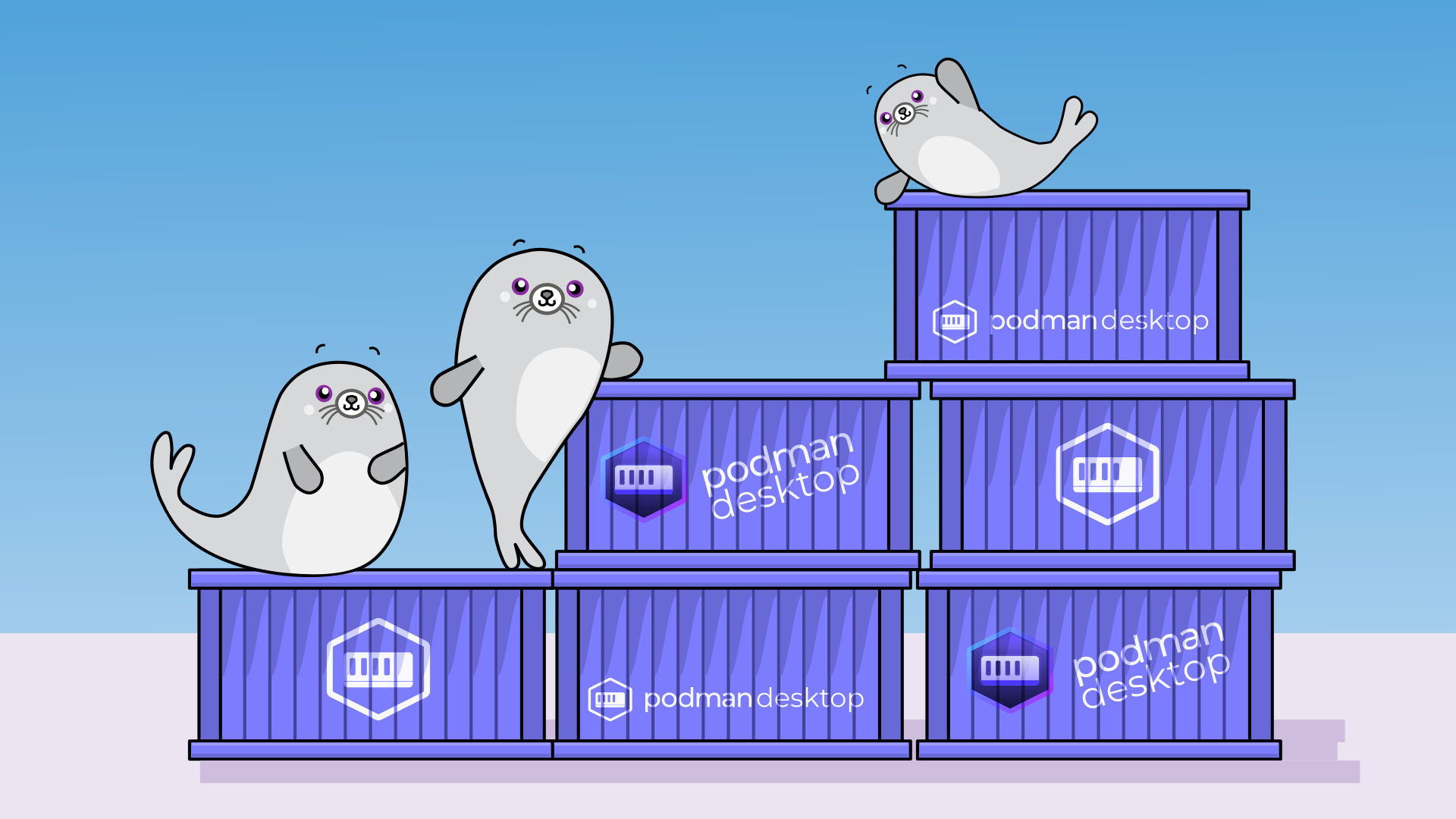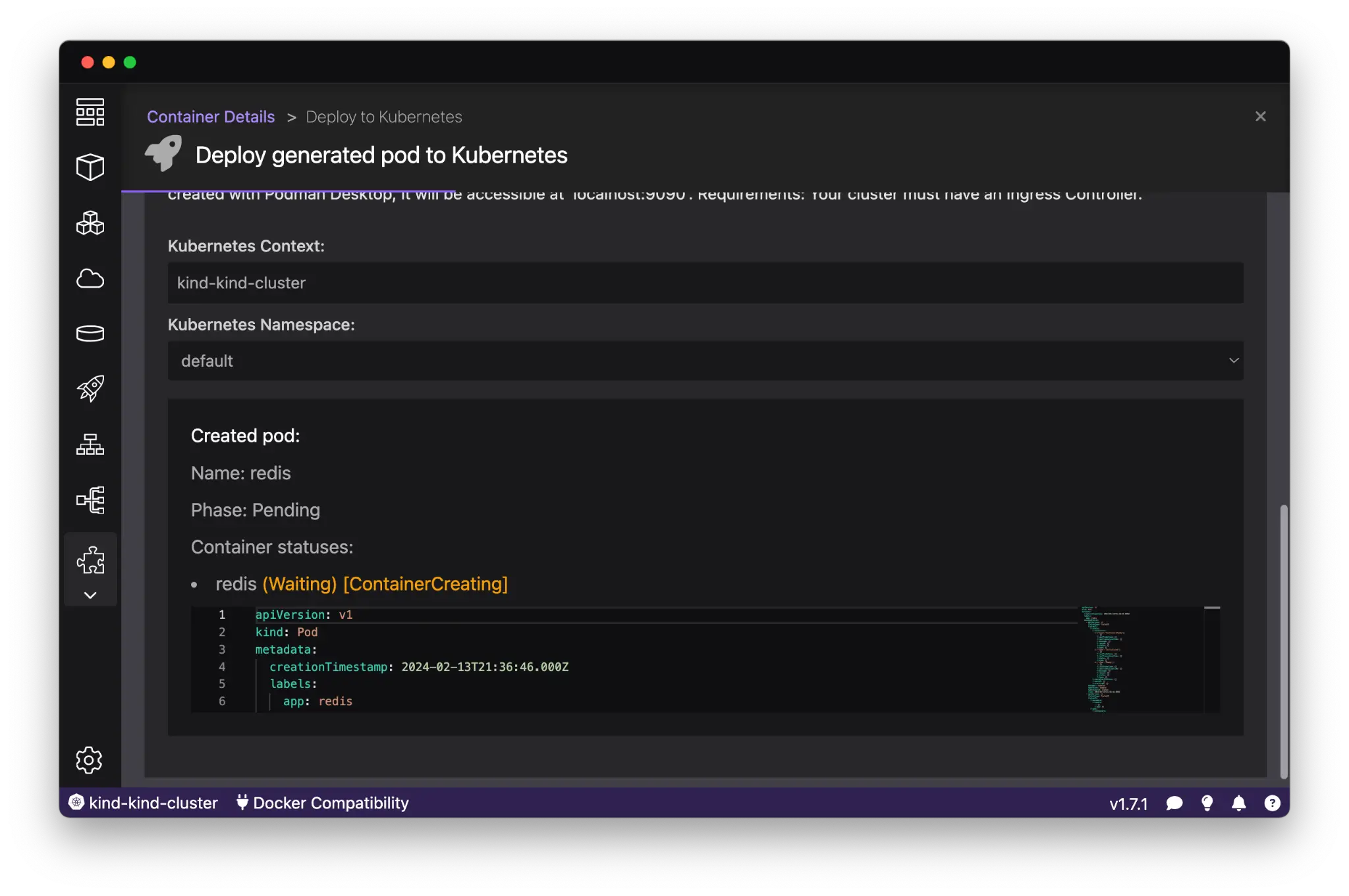Welcome to the Podman Desktop Workshop
Welcome to the Red Hat Summit workshop where you’ll learn how to elevate your container development work with Podman Desktop. We’re glad to have you here with us! Today, we’ll explore the features and benefits of Podman Desktop for streamlining your container workflows. Build, manage, and even deploy to local/remote Kubernetes environments – all from your desktop.

This is a guide and hands-on tutorial with three main sections, where you will develop and navigate from containers, to pods, and finally to Kubernetes, using Podman Desktop:
Before we begin, also feel free to check out the accompanying slide deck for an overview of Podman & Podman Desktop, as well as how to access the workshop: Simplifying containers and Kubernetes on your laptop with Podman Desktop.
What is Podman Desktop?
Podman Desktop is a powerful open-source tool designed to simplify container management on Windows, macOS, and Linux. Key strengths include:
-
Security: Rootless design and strong isolation for safer containerized applications.
-
Emphasis on Pods for simplified grouping and resource sharing of containers.
-
Multi-Engine Support: Manage not only containers with Podman, but Docker, OpenShift, and Kind environments as well.
-
Kubernetes Development: Efficiently target Kubernetes from your local workstation with built-in Kubernetes support, as well as local Kubernetes development with Kind and Minikube integrations.
-
Docker Compatibility: Leverage familiar Docker concepts and commands for easy transitions.
Why Use Podman Desktop?
Podman Desktop focuses on the issue of the complexity between local development and production environments. It provides a consistent and secure environment for building, managing, and deploying containers, pods, and Kubernetes-like environments. With extensions for Minikube, Kind, OpenShift Local, and more, Podman Desktop is a powerful tool for developers and operators alike!

Next Steps
Ready to get started with the workshop? Let’s begin, firstly, exploring the Linux environment you’ll be using today with Podman Desktop.